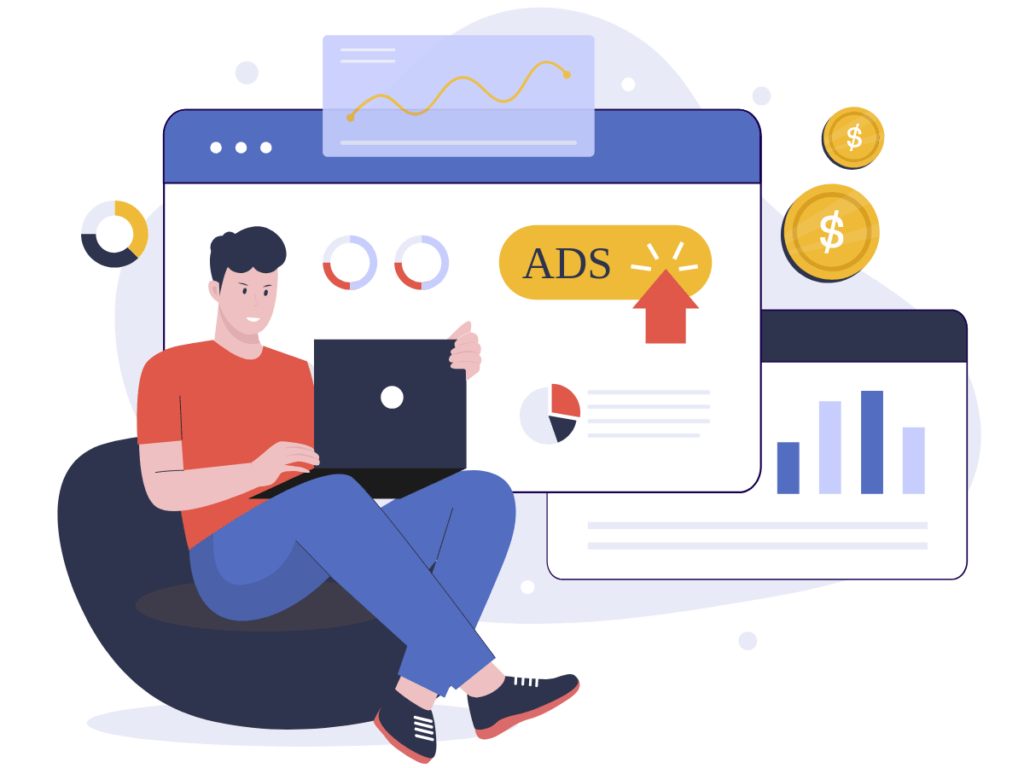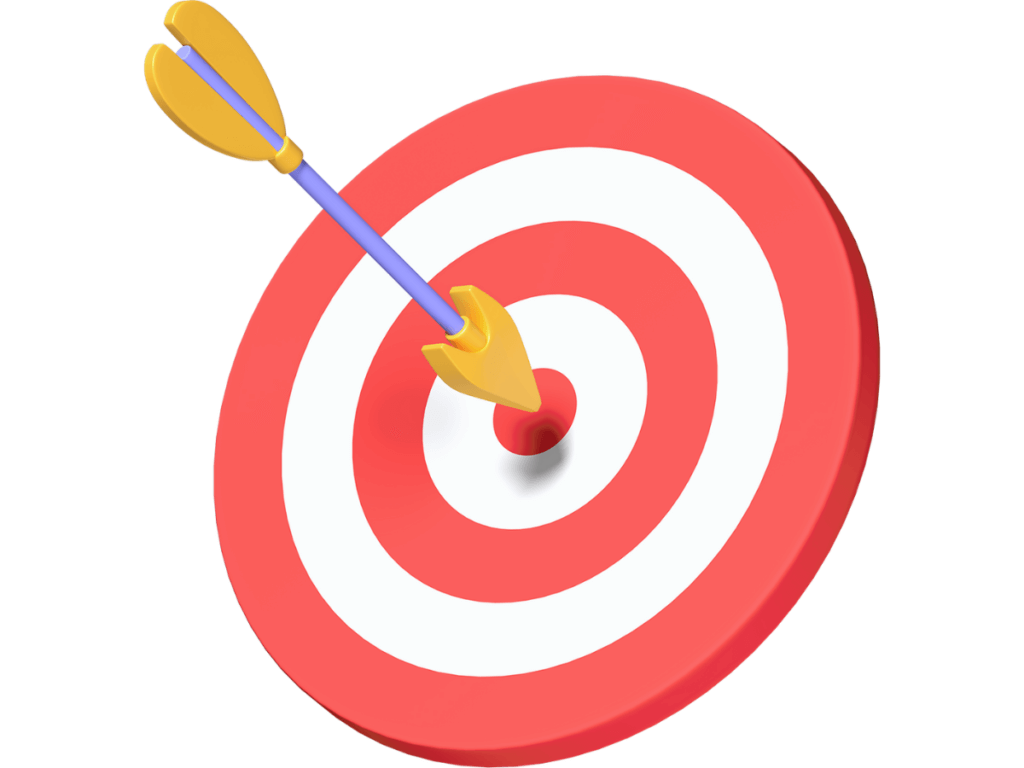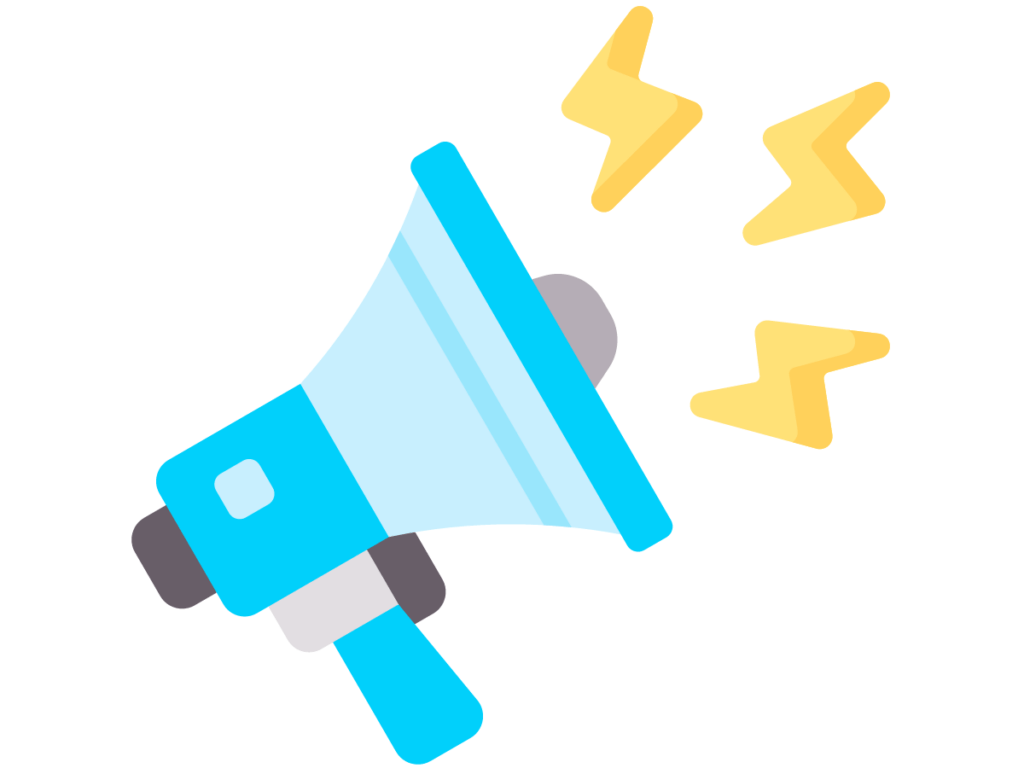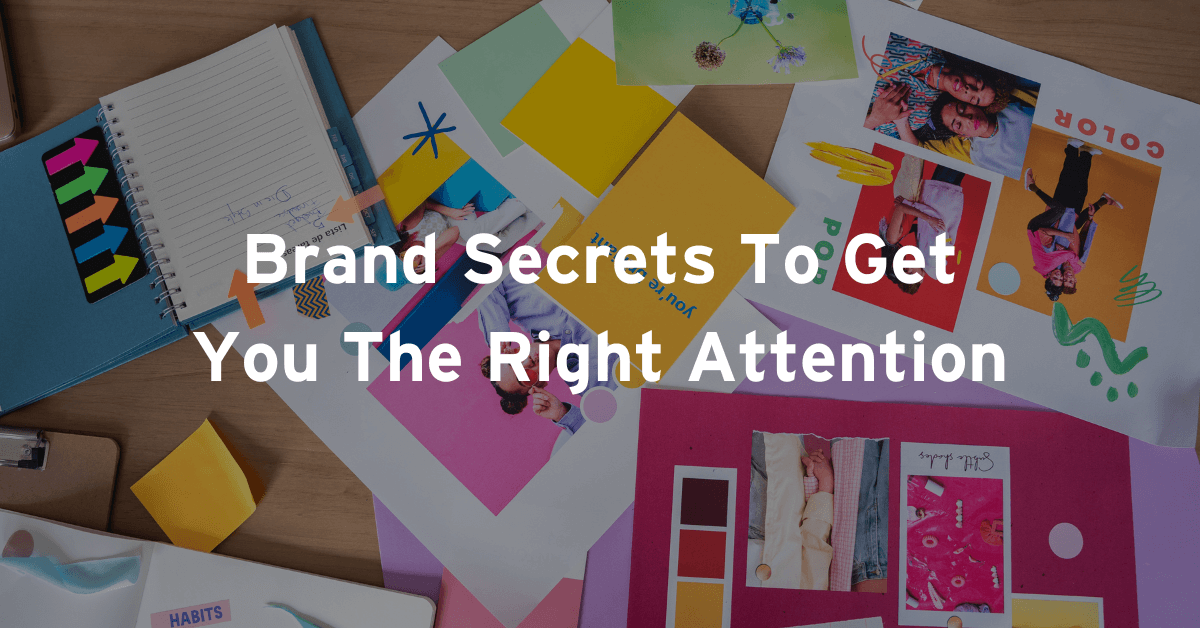Digital display campaigns have their own unique set of requirements and goals. But what even is a Digital Marketing campaign? And how do they differ from types of marketing campaigns?
What is a digital marketing campaign?

Digital Display ads are what most of us think when we think of online advertising. They are the ads that appear on webpages and in apps. Traditionally, they are an image with overlayed text that, when clicked on, directs the user to somewhere where they can learn more. Display ads can also be animated, carousels, rich media, videos, or even interactive.
Unlike other types of marketing, digital display ads are always served in a “campaign.” Why? It has to do with the way companies get their ad to the consumer. Display ads are served through platforms that sell online ad space. Some platforms sell the ad space directly, but most use something called a DSP.
What is a DSP?
DSP stands for “demand-side platform.” Wikipedia defines this as “a system that allows buyers of digital advertising inventory to manage multiple ad exchange and data exchange accounts through one interface.”

DSPs allow companies to set their campaign parameters such as audience, types of websites they want to serve ads to, and preferred time to serve the ad. When setting up the campaign, advertisers tell the DSP the campaign budget, the length of the campaign, and how much of the budget the DSP can spend each day and/or on each specific impression. The DSP takes that information and uses AI and machine learning to find the best places to serve the ads.
DSPs can serve to many types of websites, and even other types of channels, such as apps, CTV and OTT, and DOOH. Because of this, they give advertisers a lot of options and control when planning and executing campaigns. They make it much easier to optimize a campaign’s effectiveness. During a campaign, advertisers can update things like budget and audience parameters at any point. They can even blacklist their underperforming websites.
Advertisers that specialize in digital advertising campaigns, specifically programmatic ads, are often called “Traders” because of the similarities between running a programmatic display campaign and the stock market.
All this is good to know, but what do you need to build a successful digital campaign?
Step #1 – Set your goals

The first step is to figure out: why are you running this campaign? The “why” determines what the rest of your strategy will look like.
What are some common goals for digital campaigns?
- Increasing brand awareness
- Acquiring leads
- Driving traffic to a website or funnel
- Finding new customers
- Increasing sales
Once you have defined a goal it is important to connect that goal to specific measurable metrics. Using the SMART method is particularly effective. SMART goals are Specific, Measurable, Attainable, Relevant, and Time-bound. Without making goals smart, it is difficult to create an actionable strategy. It is helpful if your chosen metrics are number-based, so your outcomes can be specifically measured.
Step #2 – Figure out the who

Targeting the right people is essential to a campaign’s success. It is important to figure out who you want to connect with. Is the target for this campaign a current customer? Are you looking to expand your customer base? Looking at your campaign goals will help you to define your target audience. The more information you can connect with your target audience, the better. Many people find having a buyer persona helpful. A LookAlike report may also be helpful in helping you find which demographics to target.
Audience data is the foundation of all successful marketing campaigns. However, it is especially important for digital campaigns because digital advertising platforms require audience parameters in the campaign setup.
Step #3 – Message

What is the message of your campaign? Look at your campaign goals and audience to find the tone and messaging of your campaign.
Here are some questions to ask yourself about campaign content:
- What tone of content does your target audience respond to? For example, should your tone be more informal, or more serious?
- What call to action is going to be effective in reaching your campaign goals?
- What ad sizes are you going to use? How much space are you going to have for words?

It’s especially important with digital campaigns to have a clear call to action, or CTA. With social media or multichannel campaigns, the CTA can be more complicated or subtle. With a digital campaign, however, your CTA needs to be simple, clear, and direct. Space is limited and many digital display sizes are small, so CTAs need to be concise and easy to read.
Part of planning your messaging is choosing where people will land when they click your ad. The messaging (and imagery) of your ad should match the follow-through. Although a digital ad can direct people to just about anywhere, most campaigns have found that landing pages are the most effective.
“Landing page” itself is a term that gets used a lot, but people often use it incorrectly. It can be easy to assume that any page a visitor lands on would be a landing page, buts it’s actually more specific than that.
What makes a landing page special? A landing page is a dedicated stand-alone web page, created to convince the visitor to do a single action. What is the advantage of making separate landing pages so each can specify a single action? Research has shown that companies using more unique single-action landing pages generate up to 120% more leads than those using fewer!
Step #4 – Plan out the when

Part of what makes a campaign a campaign is that there is an order of operations, a series of steps. The next step in planning a successful campaign is to figure out the flow.
Unlike some other types of marketing campaigns, digital ad campaigns should have the flow and specific timing set up from the start of the campaign. Why? Campaign duration is required information for digital advertising platforms. It’s also required to have the destination for ad clickers locked in during campaign setup. So, schedule how long ads will run, and time the sequence that happens after someone clicks on an ad.
With these four simple steps, you’ll be better equipped to run your own effective digital marketing campaign. Start taking advantage of this winning channel today!





